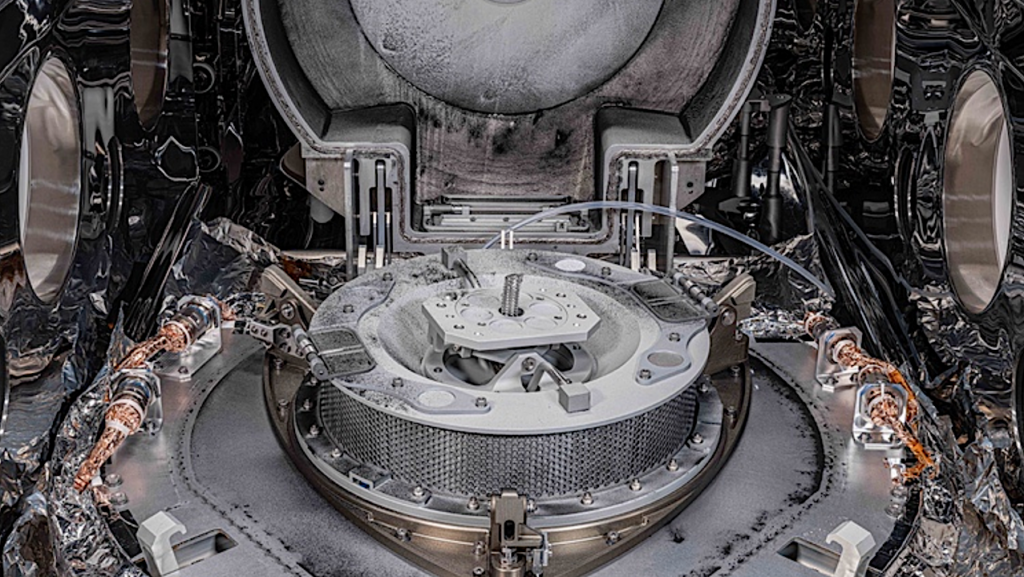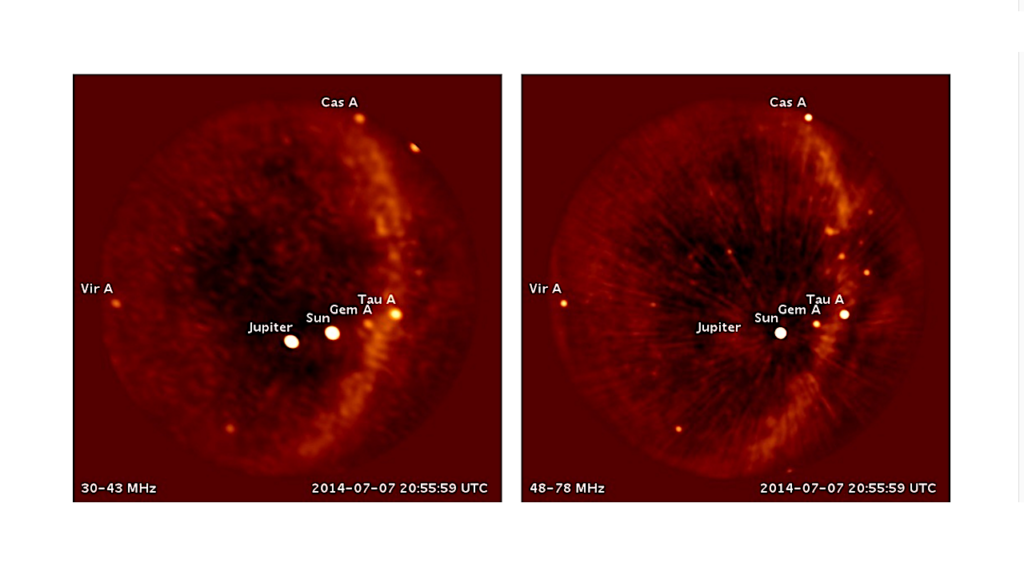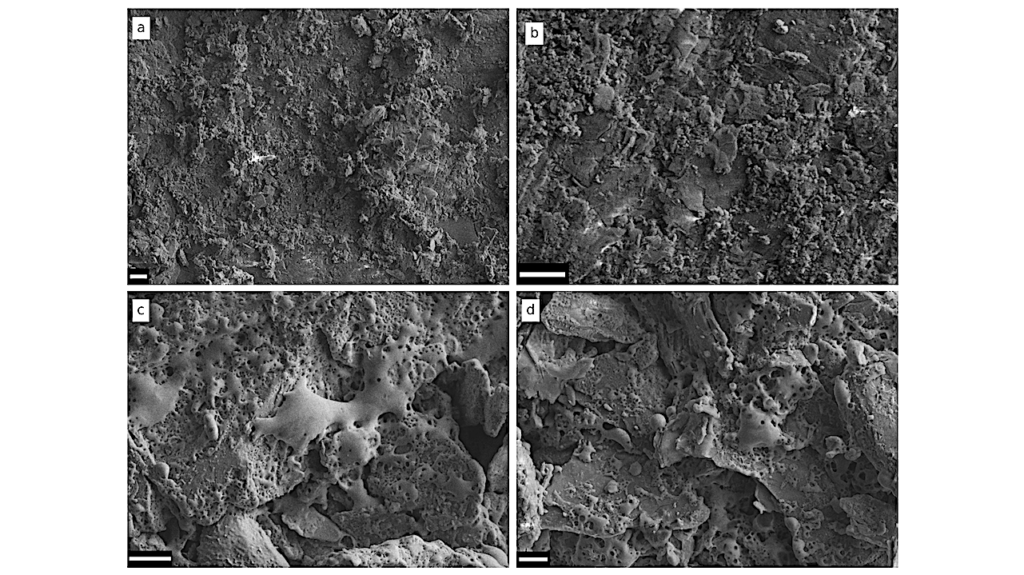Hydrogen Isotopic Evidence For Early Oxidation Of Silicate Earth

The Moon-forming giant impact extensively melts and partially vaporizes the silicate Earth and delivers a substantial mass of metal to Earth’s core.
Subsequent evolution of the magma ocean and overlying atmosphere has been described by theoretical models but observable constraints on this epoch have proved elusive. Here, we report calculations of the primordial atmosphere during the magma ocean and water ocean epochs and forge new links with observations to gain insight into the behavior of volatiles on the early Earth.
As Earth’s magma ocean crystallizes, it outgasses the bulk of the volatiles into the primordial atmosphere. The redox state of the magma ocean controls both the chemical composition of the outgassed volatiles and the hydrogen isotopic composition of water oceans that remain after hydrogen loss from the primordial atmosphere. Whereas water condenses and is retained, molecular hydrogen does not condense and can escape, allowing large quantities (~10^2 bars) of hydrogen – if present – to be lost from Earth in this epoch. Because the escaping inventory of H can be comparable to the hydrogen inventory in the early oceans, the corresponding deuterium enrichment can be large with a magnitude that depends on the initial H2 inventory.
By contrast, the common view that terrestrial water has a carbonaceous chondrite source requires the oceans to preserve the isotopic composition of that source, undergoing minimal D-enrichment via H2 loss. Such minimal enrichment places upper limits on the amount of primordial H2 in contact with early water oceans (pH2<20 bars), implies oxidizing conditions for outgassing from the magma ocean, and suggests that Earth's mantle supplied the oxidant for the chemical resorption of metals during late accretion.
Kaveh Pahlevan, Laura Schaefer, Marc M. Hirschmann
(Submitted on 6 Sep 2019)
Comments: 36 pages, 6 figures
Subjects: Earth and Planetary Astrophysics (astro-ph.EP)
DOI: 10.1016/j.epsl.2019.115770
Cite as: arXiv:1909.03001 [astro-ph.EP] (or arXiv:1909.03001v1 [astro-ph.EP] for this version)
Submission history
From: Kaveh Pahlevan
[v1] Fri, 6 Sep 2019 16:28:45 UTC (777 KB)
https://arxiv.org/abs/1909.03001
Astrobiology








